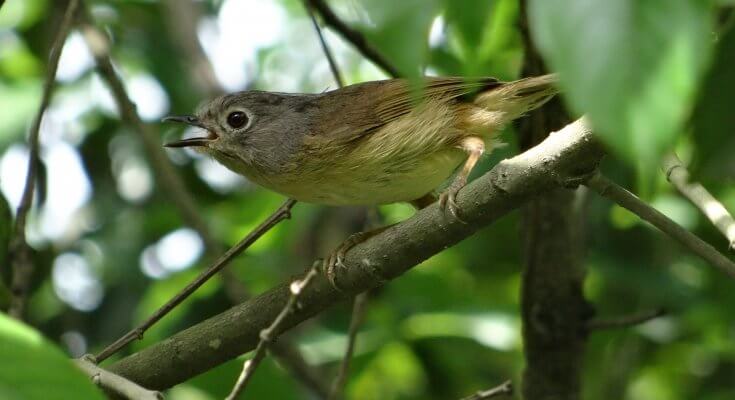Nature Ecology & Evolution, volume 8, pages 2037–2047 (2024), https://doi.org/10.1038/s41559-024-02517-2
Involved members of MultiTroph: Yi Li, Andreas Schuldt, Georg Albert, Helge Bruelheide, Douglas Chesters, Jing-Ting Chen, Felix Fornoff, Peng-Fei Guo, Alexandra-Maria Klein, Shan Li, Arong Luo, Thomas Scholten, Michael Staab, Ming-Qiang Wang, Naili Zhang, Chao-Dong Zhu, Xiaojuan Liu
Summary: This study investigated the relationship between plant diversity and ecosystem multifunctionality via indirect effects on the diversity of multiple trophic levels. The research used data from two large-scale biodiversity experiments, one in a temperate grassland (Jena Experiment) and the other was our platform in BEF-China. The findings showed that plant diversity enhances multifunctionality by increasing the diversity of multiple trophic levels, such as animals and microorganisms. The study also found that the link between multitrophic diversity and multifunctionality was stronger than the relationship between the diversity of individual trophic groups and multifunctionality.
Conclusion: The findings suggest that to promote sustained ecosystem multifunctionality, conservation planning should consider the diversity of plants and higher trophic levels. The research emphasizes the importance of a multitrophic and multifunctional approach to better understand the mechanisms behind BEF relationships.
